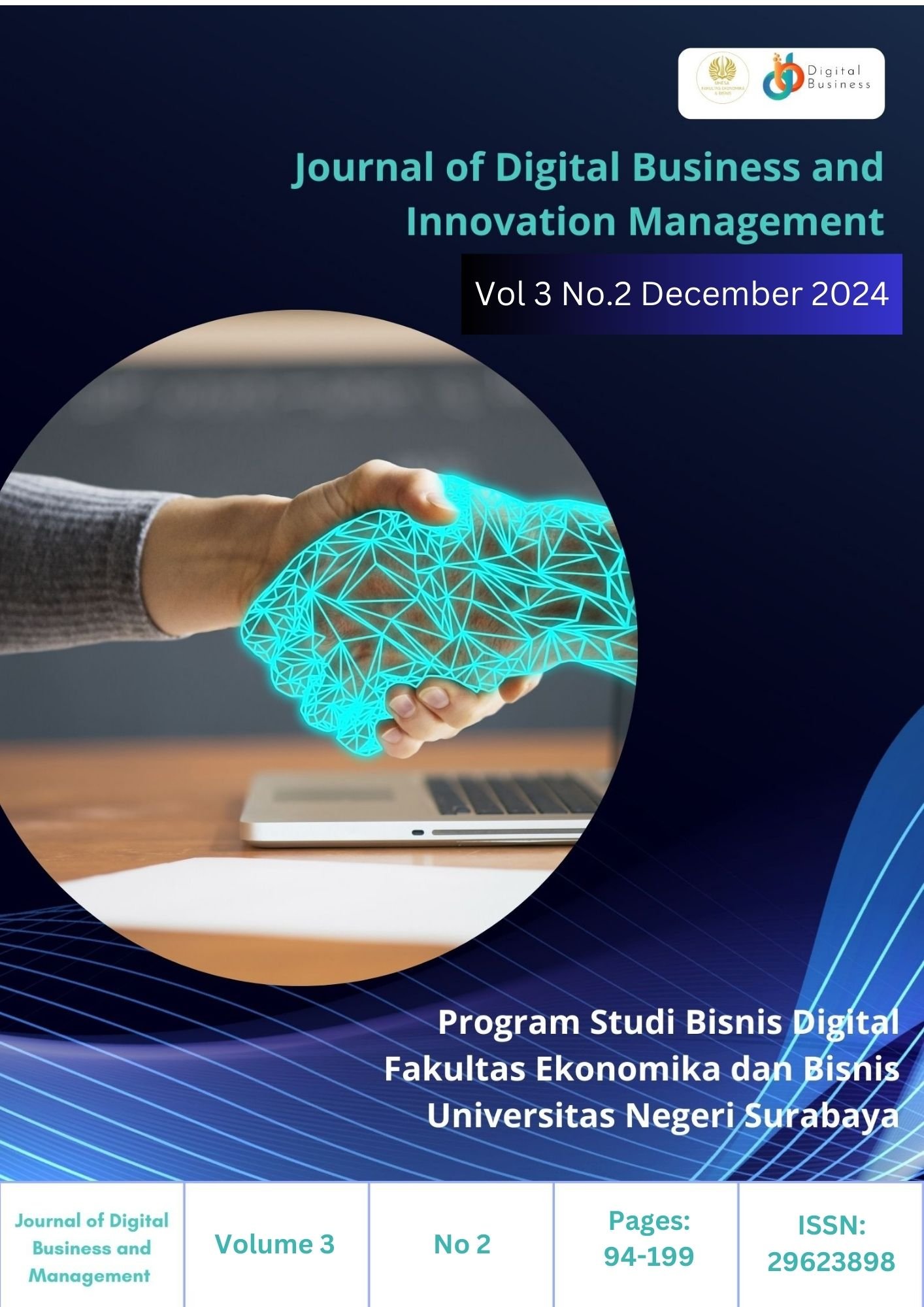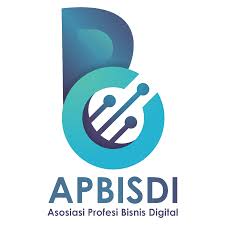Designing Effective Mobile Push Notifications: Machine Learning Insights into User Engagement
Keywords:
mobile push notification, user engagement, machine learning, digital marketing optimizationAbstract
This study investigates the impact of mobile push notification design elements on user engagement, utilizing machine learning to derive actionable insights. By analyzing a dataset of over 700 million notifications from an e-commerce platform, the research evaluates the influence of three key features: the presence of emojis, deadlines, and subject line length. A logistic regression model was employed to identify the features most strongly associated with high engagement, defined as notifications receiving over 1,000 opens. The findings reveal that the inclusion of emojis significantly enhances engagement rates, achieving a 91% success rate compared to 20% for notifications without emojis. While deadlines slightly increased engagement, their effect was not statistically significant when examined in isolation. Subject line length demonstrated no consistent influence on engagement. However, a synergistic combination of emojis and deadlines yielded the highest engagement rates at 100%, emphasizing the value of integrating visual and psychological triggers.This study underscores the potential of machine learning in optimizing mobile push notification strategies, offering practical recommendations for businesses to refine their digital marketing efforts. These findings contribute to the growing body of literature on user engagement and provide a foundation for future exploration of notification design and effectiveness.
Downloads
References
Avraham Bahir, R., Parmet, Y., & Tractinsky, N. (2019). Effects of Visual Enhancements and Delivery Time on Receptivity of Mobile Push Notifications. Extended Abstracts of the 2019 CHI Conference on Human Factors in Computing Systems, 1–6. https://doi.org/10.1145/3290607.3312993
Bies, S. M. T. A., Bronnenberg, B. J., & Gijsbrechts, E. (2021). How push messaging impacts consumer spending and reward redemption in store-loyalty programs. International Journal of Research in Marketing, 38(4), 877–899. https://doi.org/10.1016/j.ijresmar.2021.02.001
Carver, R. P. (1993). The Case Against Statistical Significance Testing, Revisited. The Journal of Experimental Education, 61(4), 287–292. https://doi.org/10.1080/00220973.1993.10806591
Christophe, B., Narganes, M., Antila, V., & Maknavicius, L. (2011). Mobile execution environment for non- intermediated content distribution. Bell Labs Technical Journal, 15(4), 117–134. https://doi.org/10.1002/bltj.20476
Dror, R., Baumer, G., Shlomov, S., & Reichart, R. (2018). The Hitchhiker’s Guide to Testing Statistical Significance in Natural Language Processing. Proceedings of the 56th Annual Meeting of the Association for Computational Linguistics (Volume 1: Long Papers), 1383–1392. https://doi.org/10.18653/v1/P18- 1128
Faul, F., Erdfelder, E., Buchner, A., & Lang, A.-G. (2009). Statistical power analyses using G*Power 3.1: Tests for correlation and regression analyses. Behavior Research Methods, 41(4), 1149–1160. https://doi.org/10.3758/BRM.41.4.1149
Friedman, J., Hastie, T., & Tibshirani, R. (2000). Additive logistic regression: A statistical view of boosting (With discussion and a rejoinder by the authors). The Annals of Statistics, 28(2). https://doi.org/10.1214/aos/1016218223
Kalogiannakis, M., & Papadakis, S. (2017). Combining mobile technologies in environmental education: A Greek case study. International Journal of Mobile Learning and Organisation, 11(2), 108. https://doi.org/10.1504/IJMLO.2017.084272
Kim, H.-J., & Rha, J.-Y. (2018). Predicting the Drivers of the Intention to Use Mobile Learning in South Korea. International Journal of Interactive Mobile Technologies (iJIM), 12(1), 116. https://doi.org/10.3991/ijim.v12i1.7688
Kim, Y. H., Kim, D. J., & Wachter, K. (2013). A study of mobile user engagement (MoEN): Engagement motivations, perceived value, satisfaction, and continued engagement intention. Decision Support Systems, 56, 361–370. https://doi.org/10.1016/j.dss.2013.07.002
März, A., Lachner, M., Heumann, C. G., Schumann, J. H., & Von Wangenheim, F. (2021). How you Remind Me! The Influence of Mobile Push Notifications on Success Rates in Last-Minute Bidding. Journal of Interactive Marketing, 54(1), 11–24. https://doi.org/10.1016/j.intmar.2020.08.002
Papadakis, S., & Kalogiannakis, M. (Eds.). (2020). Mobile Learning Applications in Early Childhood Education: IGI Global. https://doi.org/10.4018/978-1-7998-1486-3
Rees46, C. Project. (2023, December 14). E-Commerce Multichannel Direct Messaging 2021-2023. Https://Rees46.Com/
Sanderson, M. (2010). Test Collection Based Evaluation of Information Retrieval Systems. Foundations and Trends® in Information Retrieval, 4(4), 247–375. https://doi.org/10.1561/1500000009
Stroud, N. J., Peacock, C., & Curry, A. L. (2020). The Effects of Mobile Push Notifications on News Consumption and Learning. Digital Journalism, 8(1), 32–48. https://doi.org/10.1080/21670811.2019.1655462
Turgeman, L., Smart, O., & Guy, N. (2019). Unsupervised learning approach to estimating user engagement with mobile applications: A case study of The Weather Company (IBM). Expert Systems with Applications, 120, 397–412. https://doi.org/10.1016/j.eswa.2018.11.037
Vujovic, Ž. Ð. (2021). Classification Model Evaluation Metrics. International Journal of Advanced Computer Science and Applications, 12(6). https://doi.org/10.14569/IJACSA.2021.0120670
Wheatley, D., & Ferrer-Conill, R. (2021). The Temporal Nature of Mobile Push Notification Alerts: A Study of European News Outlets’ Dissemination Patterns. Digital Journalism, 9(6), 694–714. https://doi.org/10.1080/21670811.2020.1799425
Wohllebe, A., Adler, M. R., & Podruzsik, S. (2021). Influence of Design Elements of Mobile Push Notifications on Mobile App User Interactions. International Journal of Interactive Mobile Technologies (iJIM), 15(15), 35. https://doi.org/10.3991/ijim.v15i15.23897
Wohllebe, A., Ross, F., & Podruzsik, S. (2020). Influence of the Net Promoter Score of Retailers on the Willingness of Consumers to Install Their Mobile App. International Journal of Interactive Mobile Technologies (iJIM), 14(19), 124. https://doi.org/10.3991/ijim.v14i19.17027
Xu, D., Shi, Y., Tsang, I. W., Ong, Y.-S., Gong, C., & Shen, X. (2019). Survey on Multi-Output Learning. IEEE Transactions on Neural Networks and Learning Systems, 1–21. https://doi.org/10.1109/TNNLS.2019.2945133

Downloads
Published
How to Cite
Issue
Section
License
Copyright (c) 2025 Journal of Digital Business and Innovation Management

This work is licensed under a Creative Commons Attribution 4.0 International License.
 Abstract views: 362
,
Abstract views: 362
, PDF Downloads: 207
PDF Downloads: 207






